The idea for Dracula’s Daughter is that it picks up right where Dracula ended—with some convenient changes. (Well, the changes are more convenient for the screenwriters than anyone else.) The most notable alteration is that the other characters from the first film are nowhere to be found (well, there’s an obvious dummy who looks precious little like Lugosi in Dracula’s earthbox). If they were, they would presumably speak up in defense of Prof. Van Helsing (Edward Van Sloan) when he gets charged for murder. Or maybe they don’t recognize the name, because another change is that Van Helsing seems to have turned from Dutch to German this round, becoming Von Helsing. Regardless, it’s an interesting angle to explore just what the legal ramifications might be for driving a stake through someone’s heart.
The legal aspects of the story never get fully explored, though, because a mysterious woman (guess who?) makes off with Dracula’s body in order to perform some strange—and pretty creepy—ritual that involves cremating the old boy. The idea—she believes—is that this will free her from the “curse of the Draculas,” and allow her to lead a normal life. Naturally, this is an unfounded notion, though, goodness knows her grim sidekick, Sandor (Irving Pichel), is no help at all—constantly undercutting her attempts to play “normal music,” which in this case is Chopin. She has only to mention “the flutter of wings in the treetops” for the ever-helpful Sandor to enthuse, “The wings of bats.” It might not be very helpful to her, but it results in one of the film’s strongest scenes from the viewer’s perspective.
The film shifts gear noticably at the introduction of Dr. Jeffrey Garth (Otto Kruger) and his assistant Janet Blake (Marguerite Churchill)—and it’s a change that doesn’t appeal to everybody. I suspect — but have no way of proving — that this sophisticated, bickering couple is a hold-over from the screenplay R.C. Sherriff had been working on when this was to be a James Whale film. Certainly, Whale had had enough of the horror genre (brilliant as it is, Bride of Frankenstein expresses this) and the idea of combining it with sophisticated comedy would undoubtedly have appealed to him as a way of making it more palatable. It could also have been a bridge to a very different kind of horror picture — one where the typically rather uninteresting romantic leads became more an asset than a necessary evil — but it took place at the wrong time, since horror films would be dead in the water for the next few years.
I’ve always liked the comedic material in Dracula’s Daughter, though I know people who find it intrusive. Frankly, I think it adds to the tension of the horrific scenes. And it certainly adds to the tension at the end of the film, since for a change it’s actually possible to care what happens to the “straight characters” for more reasons than because they’re simplistically the good guys. That was often a problem with early horror pictures. The heroes and heroines were typically pretty insipid. Here, that’s been changed.
It helps, though, that the film is not lacking in horror scenes that work on a straight horror basis. The most famous, of course, is the scene where Countess Dracula — or Countess Marya Zaleska, as she calls herself — tries to resist her vampiric inclinations by painting a girl (Nan Grey) Sandor picks up off the street. The sequence has become the best known thing in the film partly because of its pronounced lesbian overtones (which somehow got past the censors), but it’s also just wonderfully atmospheric in both its staging and shooting.
The film’s ending — despite a somewhat silly intrusion of typical (movie-wise) scared Transylvanian peasants — is exciting and effective and manages to make the proceedings have far more emotional resonance than we’re used to in these films. All in all, the film is a fine fadeout on what many still consider the best period the horror genre ever had. That things would never be quite this way again, however, makes it a slightly bittersweet experience.
The Thursday Horror Picture Show will screen Dracula’s Daughter Thursday, March 10, at 8 p.m. in Theater Six at The Carolina Asheville, hosted by Xpress movie critics Ken Hanke and Scott Douglas.



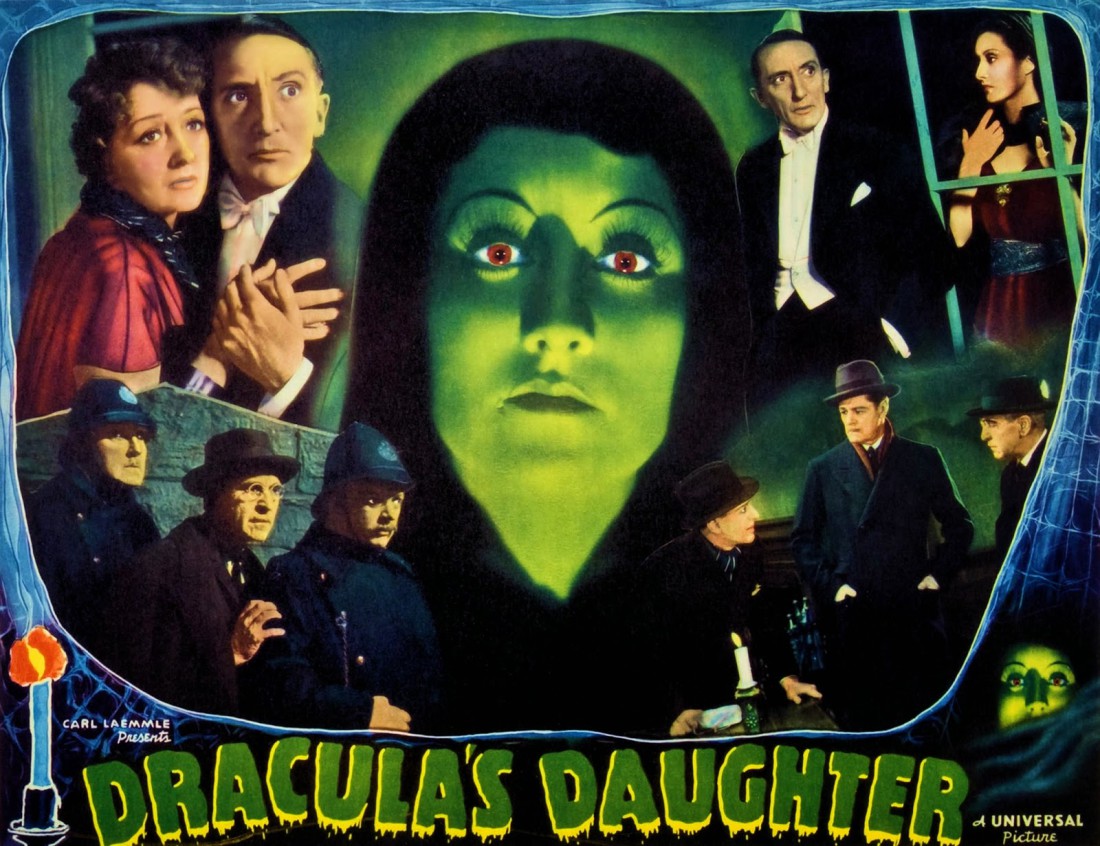
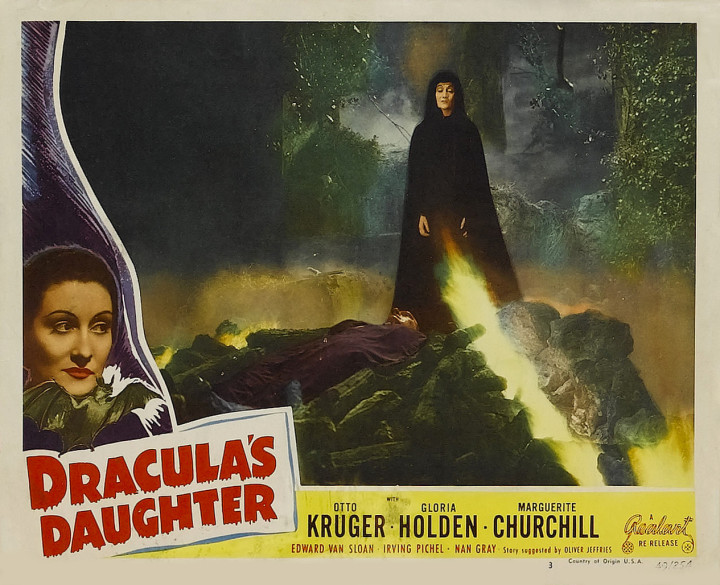
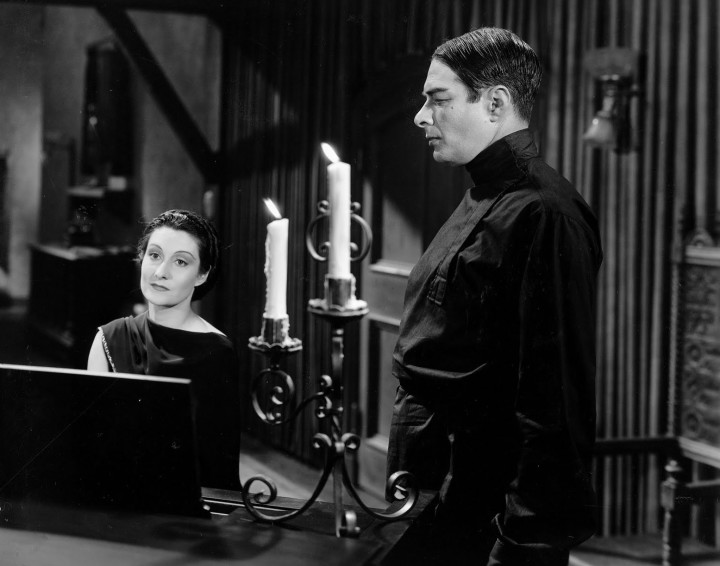
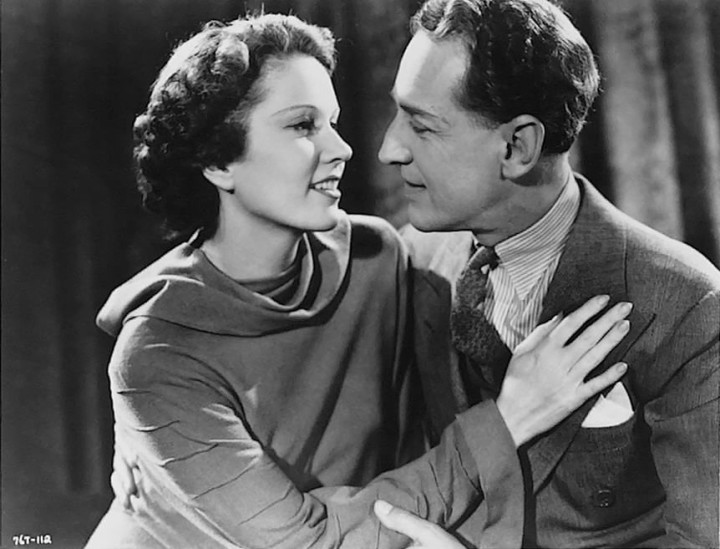

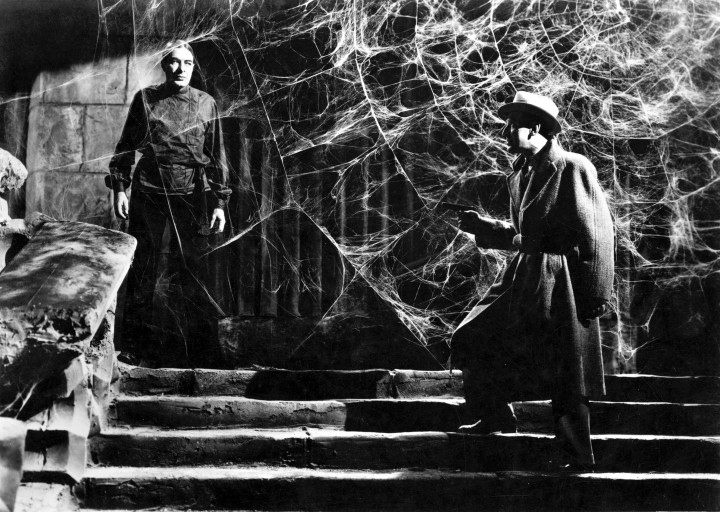
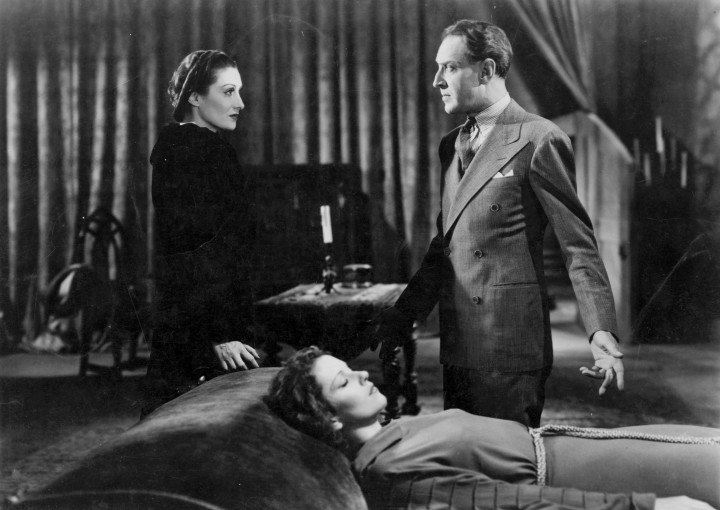
Before you comment
The comments section is here to provide a platform for civil dialogue on the issues we face together as a local community. Xpress is committed to offering this platform for all voices, but when the tone of the discussion gets nasty or strays off topic, we believe many people choose not to participate. Xpress editors are determined to moderate comments to ensure a constructive interchange is maintained. All comments judged not to be in keeping with the spirit of civil discourse will be removed and repeat violators will be banned. See here for our terms of service. Thank you for being part of this effort to promote respectful discussion.